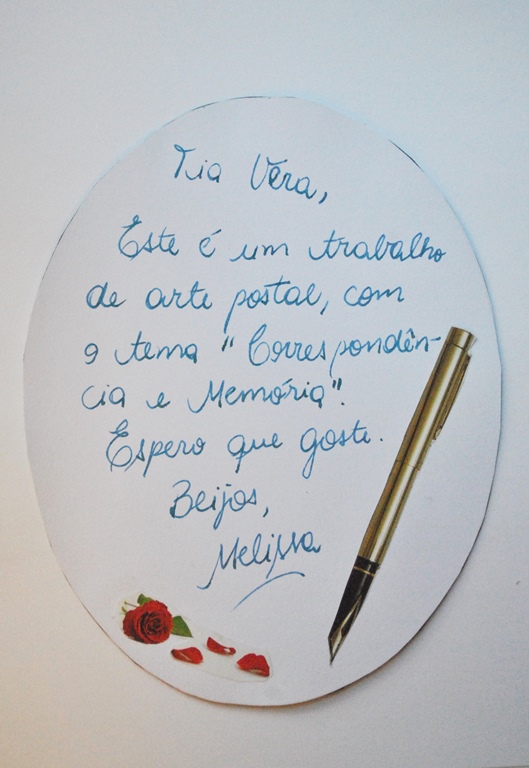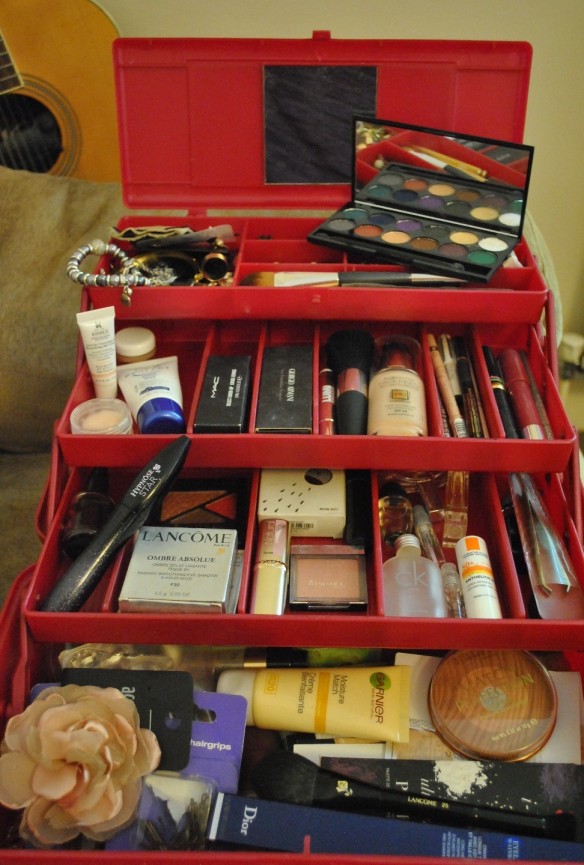Last week I just finished one more course at Coursera: Introduction to Psychology, with Steve Joordens (University of Toronto). As a last assignment, I chose to relate the class to a world event – the protests in Brazil. I was quite pleased to do this task, and my peers who reviewed and evaluated the article made valuable observations.
“As a Brazilian journalist (although being based abroad), the news story I would like to discuss is the ongoing protests wave in my homeland. Topics studied during Week 6 (“The Social Mind”) can be notice in these happenings. Although this is still a in developing story, one could also imagine what might be the result of some aspects in future as well.
On the first days of the movement, mainstream Brazilian newspapers had adopted a similar position. Their headlines highlighted actions by vandals and the use of the police force to supress them. Not only it was a clearly generalisation of the people who joined the manifestations, as it also had a touch of “Just World Hypothesis” in it: some were attacked by the police, “but they deserved, as they were vandals”. Soon the audience in Brazil saw a quick shift in the headlines’ tone, as the increasing number of genuine supporters and their claim for peace during the manifestions were heard. Vandals are usually present, but do not represent the vast majority of who join the cause.
However, good people do bad, and now I am refering to the police force. A policeman in Brazil earns a ridiculously low salary for the high risk his occupation has. So they should feel as part of the movement, since its causes go from high bus fares to the huge amount of money spent in stadiums for the 2014 World Cup, instead of being invested in hospitals, education and even better salaries for the police, right? That’s not what has been happening. The police force action has been highly criticised. Its non-lethal devices are being used even against pacific protesters and journalists. So we highlight Zimbardo here: if the actual context we find ourselves in encourages a certain kind of behaviour, and if everyone around us is ok with that, suddenly our dark side comes out.
Plus, policemen have been removing the identification from the uniforms (not allowed), so they cannot be recognised. It reminds me Milgram about authority. In our lecture, we learnt that 2/3 of us seem to have a willingness to harm another person if an authority figure is looking over your shoulder, as we transfer the responsability of our behaviour to them. Without an identification, the fault is transferred to the body and their superiors, and the policemen don’t need to feel personally culpable or inhibited.
Finally, I see a difusion of responsability through distance by the governments (especially in the state and city levels, which actually control the different police forces). Since the politicians are not coping directly with the masses, I think they don’t feel responsible for adjusting the police behaviour. The result has been an increasing violence in all manifestations.”
Peers’ Feedbacks
> “Também fiz sobre os protestos no Brasil, e explicou muito bem (melhor que eu até rs)”
> “Brazilian Protests has been covered by media around the globe. I think my peer made and excellent choice and made a great explanation of this event.
My peer not only related the event with one Psych Phenom, but with 4 of them. I think he did a very good job. Protests are a rich example of social movement, for that same reason they are also a rich example of the “social mind”. A series of social forces are involved in Brazilian protests, and they are an object of study.
(…) Social Protests are a mirror in which media, government, citizens and powerful groups reflect. I think, the way my peer develop his/her essay was great.
Brazil situation is just the prove that it’s democratic system is alive. I really think that my peer’s observation is very worthy because it gives a profound view of the event, it helps to understand.
My peer’s effort and compromise with his/her country is expressed in the essay. Brazilian protests are a very important event for latinamerican future. It reflects the social and economical changes in a country, which it people still have the power to ask or demand for change.”
> “More information about background of protests and consequences would be valuable.
I would suggest to concentrate on one theory/phenomena and explore more that one. Also more information about mentioned theories, experiments would add value to this essay.
Many phenoms used, all related.
One, common conslution would be better.
Too many phenomena were pointed out, but not in detail”
> “The explanation is relatively clear, but left me wishing for a bit more.
Perhaps sticking to one phenomenon and making that argument would assist the reader.
The relation between the event and the phenomenon was clearly described.
I did not see a stated conclusion.
Efficiently written, thank you!”

































